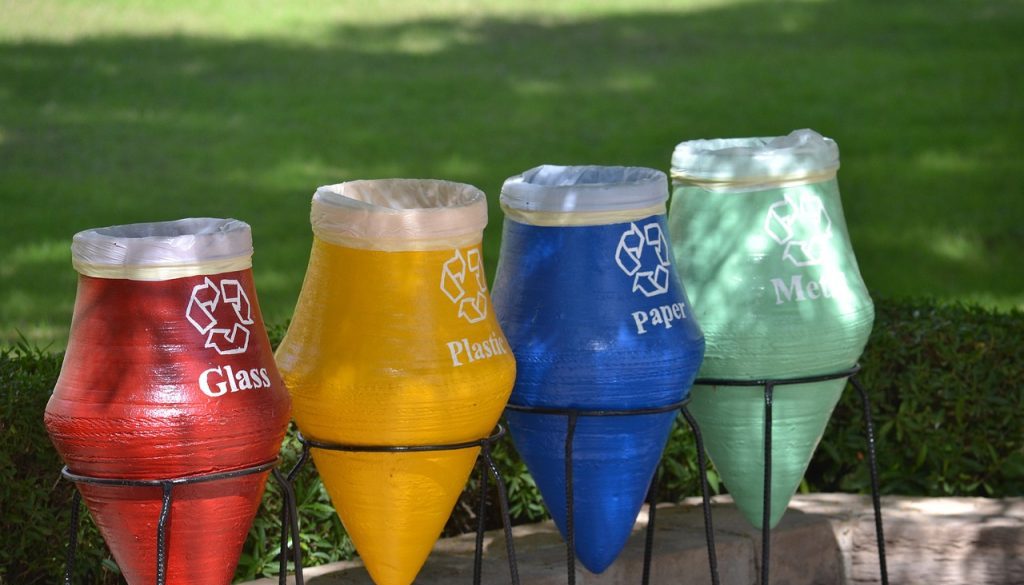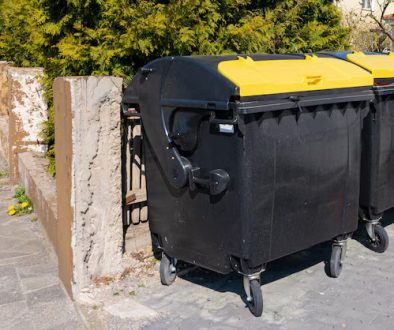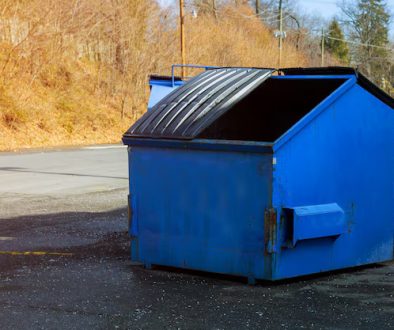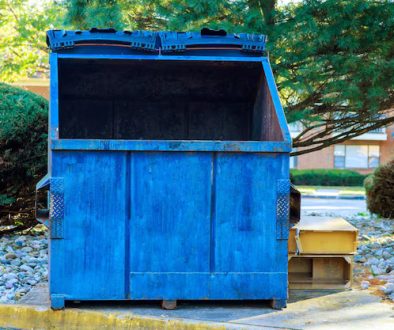Recycling is more than just placing your rubbish in a different bin; it’s about making informed choices that benefit the environment and our communities. Understanding what can and cannot be recycled is the first step towards effective waste management. Many people unknowingly make mistakes that can contaminate recyclables, rendering them useless and leading to more waste in landfills.
Being aware of the various recycling symbols and categories can greatly enhance your recycling efforts. Symbols and numbers on packaging indicate how and where items can be recycled. By familiarising ourselves with these, we can ensure that our waste ends up in the right place, ready for processing.
Recycling correctly helps conserve natural resources, reduces landfill waste, and lowers greenhouse gas emissions. These efforts create a more sustainable world for future generations. In this article, we’ll cover important tips on reading recycling symbols, avoiding common mistakes, creatively recycling household items, and understanding the broader benefits of this essential practice.
Let’s dive into the specifics and learn how to turn our everyday activities into environmentally friendly habits that make a real difference.
Understanding Recycling Symbols and Categories
Knowing how to read recycling symbols can make a big difference in how effective your recycling efforts are. Most packaging items come with symbols that indicate their recyclability. For example, the triangle with arrows, known as the Mobius Loop, is the universal recycle symbol. If there is a number inside it, that number tells you the type of plastic and how it should be processed.
Different plastics have different recycling processes. The numbers range from 1 to 7, each representing a specific type of plastic. For instance, PET (Polyethylene Terephthalate) is marked with a 1 and is commonly used in beverage bottles. These are widely recyclable. On the other hand, items marked with a 6, such as polystyrene, are less commonly recycled and may need special handling.
Symbols can also indicate other recyclable materials like aluminium (a triangle with an “alu” symbol) or glass (a triangle with a glass symbol). Understanding these symbols helps in segregating waste accurately, making the recycling process more efficient.
Besides symbols, some packages have written instructions on how to dispose of them. Always read these to ensure you’re recycling correctly. Knowing these categories and symbols aids in keeping recyclables uncontaminated and ready for processing.
Common Mistakes to Avoid When Recycling
Recycling can sometimes be confusing, leading to mistakes that can contaminate an entire batch of recyclables. One common mistake is not rinsing out food containers. Residual food can spoil the recycling process, making items like bottles and cans unusable. Always rinse food containers before placing them in the recycling bin.
Another error is placing non-recyclable items in the recycling bin. Things like plastic bags, which can clog recycling machines, should be taken to dedicated recycling points, often available at supermarkets. Similarly, some people try to recycle items like nappies or wet wipes, which are clearly not recyclable and can contaminate other items.
Mixing different types of glass is also a common mistake. Not all glass is created equal. For example, glass from windows or cookware is not the same as glass from bottles and jars. Mixing them can ruin the recycling process, as different types of glass melt at different temperatures.
Additionally, forgetting to remove lids and caps from bottles can disrupt recycling efforts. These lids are often made from different materials and should be recycled separately.
By avoiding these mistakes, you can significantly improve the quality of recyclables and ensure that your efforts result in less waste and more efficient recycling processes. Following simple rules makes the whole system work better for everyone.
Creative Ways to Recycle Household Items
Recycling isn’t just about separating waste; it’s also about finding creative ways to repurpose items. For example, old glass jars can become storage containers for screws, nails, and other small items. They also make great candle holders or vases. This reduces the need to buy new products and gives your old items a second life.
Cardboard boxes, often plentiful in homes, can be transformed into playhouses for kids or storage bins. Cutting and decorating these boxes can keep children entertained while also teaching them about recycling.
Plastic bottles can be repurposed in many ways. You can cut off the top to make a simple funnel or use them as planters for small herbs and succulents. By using them in the garden, you help reduce plastic waste and contribute to a greener space.
Old clothes and textiles can find new uses too. You can cut them into rags for cleaning or even sew them into reusable bags. This not only saves money but also reduces textile waste, which can be significant.
Upcycling is another excellent method. Old furniture can be repainted or reupholstered to give your home a fresh look without buying new items. By being inventive with household items, we can significantly cut down on waste and make a positive environmental impact.
The Benefits of Recycling for the Environment and Community
Recycling offers numerous benefits for both the environment and the community. One major advantage is that it conserves natural resources. By recycling paper, we save trees. Recycling metal means less mining and less environmental disruption. Each item recycled translates to fewer resources extracted from nature.
Recycling also reduces waste sent to landfills. Landfills are a significant source of pollution, releasing harmful gases and potentially contaminating ground and water sources. By reducing the amount of waste we send to landfills, we minimise their environmental footprint.
Moreover, recycling helps lower greenhouse gas emissions. Producing new products from raw materials often requires more energy than recycling existing materials. By recycling, we cut down on energy use and reduce the carbon footprint, contributing to the fight against climate change.
On a community level, recycling creates jobs. Sorting, processing, and selling recycled materials can provide employment opportunities, boosting the local economy. It also fosters a sense of community pride and responsibility. People feel good knowing they are contributing to a cleaner, healthier environment.
Educational benefits also arise from community recycling programmes. These initiatives teach people of all ages the importance of sustainability and environmental stewardship, fostering a culture of responsibility and care for the planet.
Final Thoughts
Recycling properly at home involves understanding symbols, avoiding common mistakes, and finding creative ways to repurpose household items. These practices not only conserve resources and reduce landfill waste but also foster a stronger sense of community. Education and participation in recycling programmes benefit everyone, creating jobs and reducing greenhouse gases.
The effort we put into recycling today shapes a cleaner, more sustainable future. By taking simple steps, we can all contribute to a greener planet. Let’s commit to recycling correctly and encouraging others to do the same.
For more guidance on effective waste management and recycling solutions, contact Enviro Skip Hire. Our team is dedicated to helping you make a positive environmental impact through responsible waste disposal.




